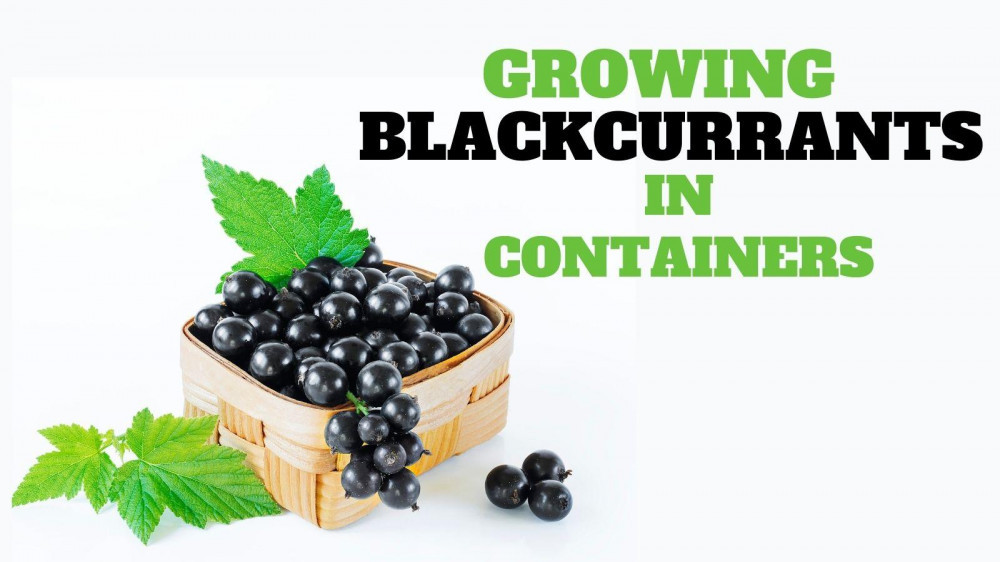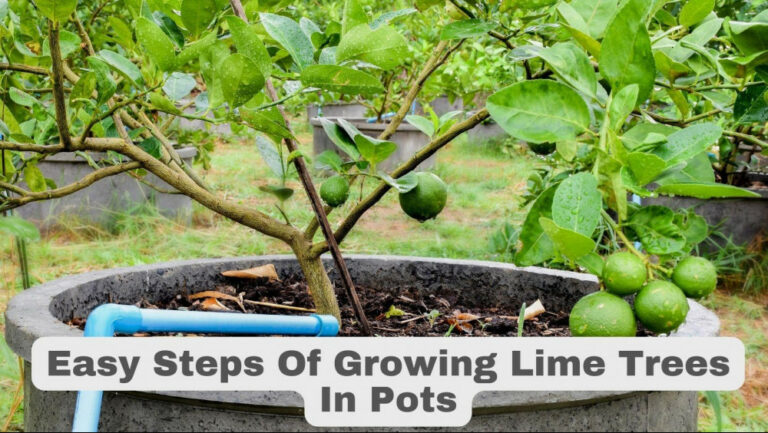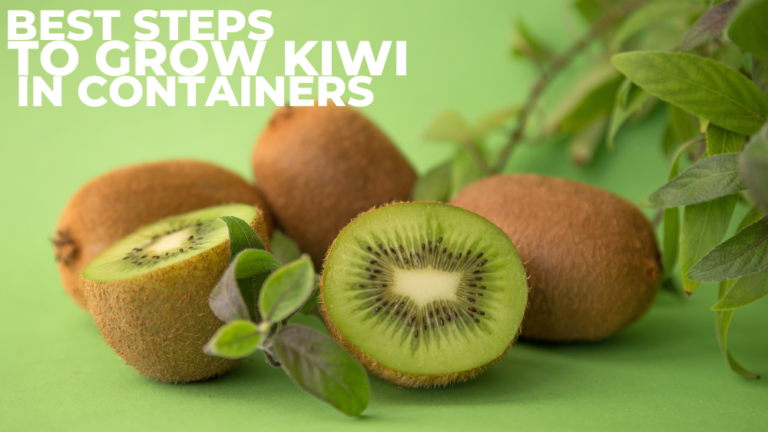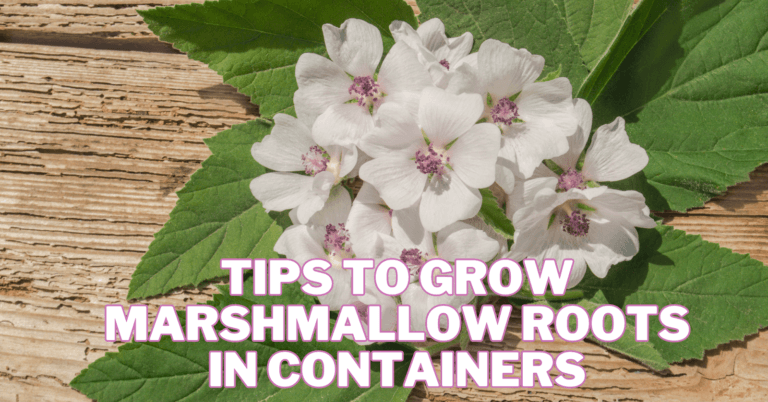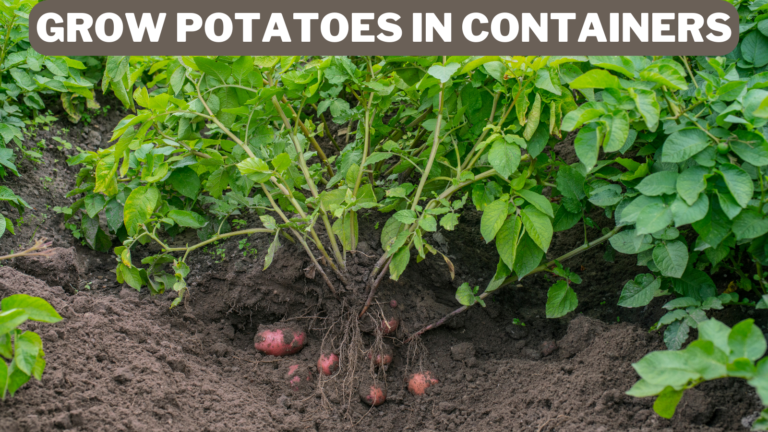8 Steps Of Growing Blackcurrants In Containers
8 Steps Of Growing Blackcurrants In Containers
Currants are typically grown on the open ground, which may be why growing them in containers is rarely considered; however, they can also be grown in containers.
Container gardening has numerous advantages, particularly in smaller yards and in colder climates.
Currants are attractive plants, and growing them in pots allows the gardener to choose their optimum location.
In addition, growing them indoors during bitterly cold winters allows the currants to begin their growing season early and avoid frost damage.
History
Black currants (Ribes nigrum) have a fascinating history in the United States. These purple-black berries have been a beloved snack in Europe for centuries but were forbidden in the United States until recently. They've made a comeback now.
Black currants are native to Northern Europe and Northern Asia, growing in more temperate climates.
Their use has been documented since the 1500s. They were previously common in the United States but were outlawed in the early 1910s after it was discovered that they harboured a fungus that killed white pine trees.
The restriction remained in effect in most states for years, and the berry is still uncommon in the United States.
Black currants have an intense flavour that some people find difficult to like. They taste sour while young, but when ripe, they turn sweet. They're also high in vitamins, minerals, and antioxidants, which benefit your health.
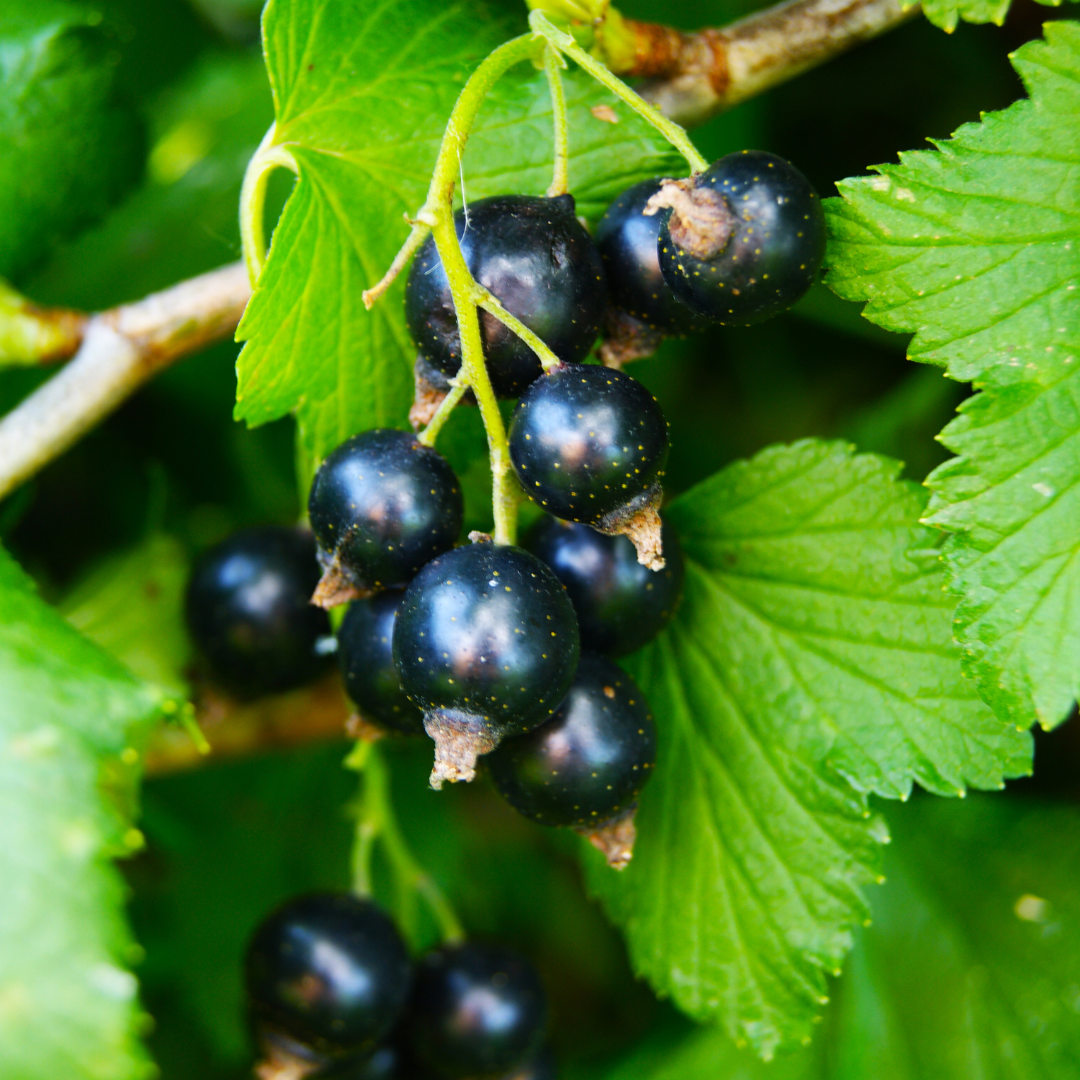
Nutrition Fact Of Blackcurrants
112 g (one cup) of raw black currants provide:
- Calories: 71
- Sodium: 2.2 mg
- Carbohydrates: 17.2 g
- Protein: 1.6g
- Vitamin C: 46 mg
- Potassium: 361 mg
- Iron: 1.7 mg
Health Benefits Of Blackcurrants
Many academics are becoming interested in the multiple benefits of blackcurrants. Antioxidants are abundant in these berries.
Anti-diabetic, anti-cancer, and anti-spasmodic activities are also present. Take a look at the research behind the advantages as well. To learn more, keep scrolling down!
1. Immune Health
Antioxidants, particularly vitamin C, are abundant in black currants. These antioxidants, in addition to the anthocyanins in black currants, can help to enhance your immune system, allowing your body to fight illness and viruses more efficiently.
2. Improve Kidney Health
Blackcurrants' antioxidant and anti-inflammatory properties help to avoid chronic kidney disease.
They help to keep your excretory system healthy by preventing inflammation and infections. The extracts also prevent kidney stones from forming.
Your urine becomes more alkaline when you drink blackcurrant juice or tea (which increases pH).
It also aids in the removal of excess citric and oxalic acids from the body. If not, these two acids can combine to produce kidney stones if not removed.
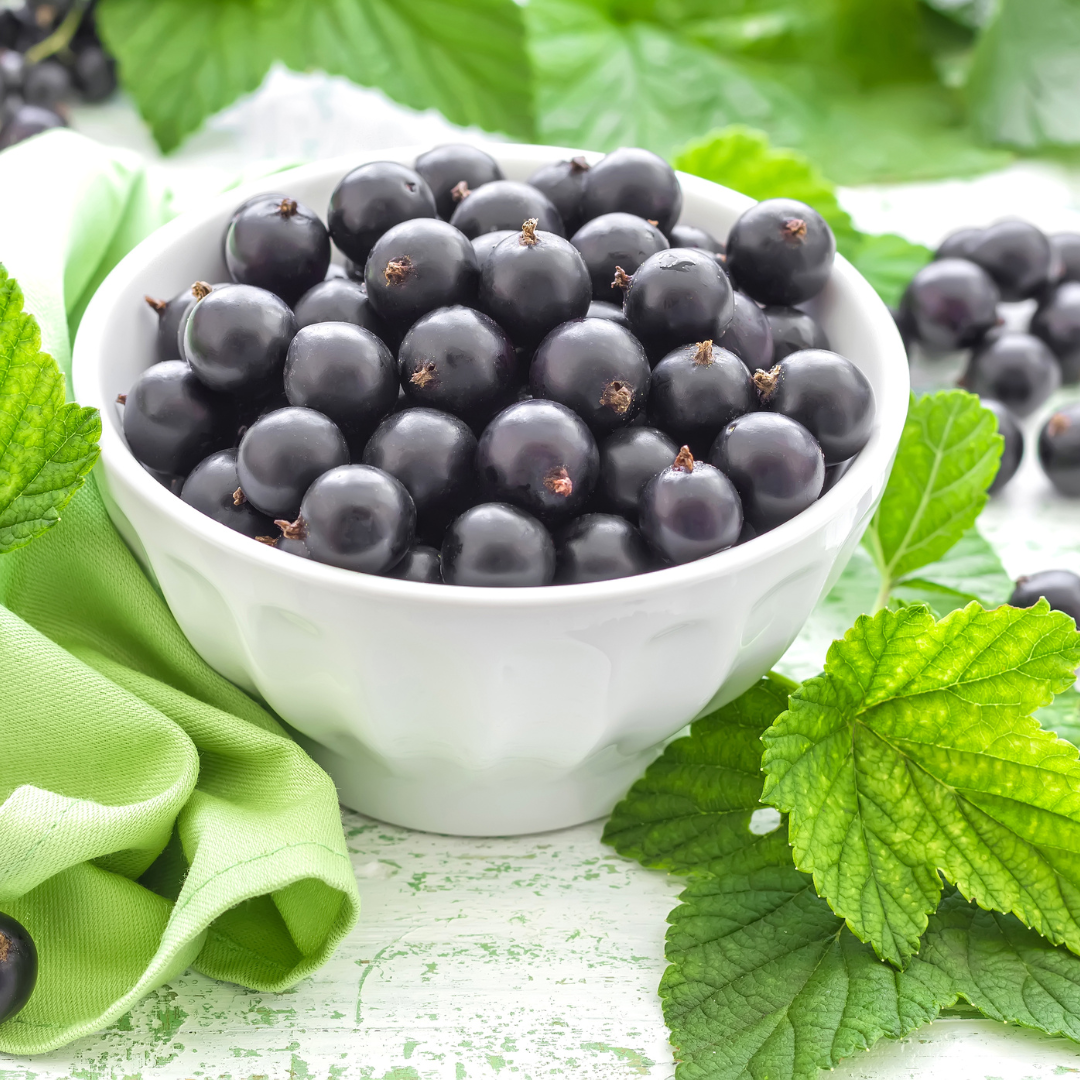
3. Manage Eye Disorders
The amount of oxalate in a hundred grams of black currants is roughly 4.3mg. As a result, these fruits are suitable for people with renal problems and bladder stones.
The anthocyanins in black currants boost the functions of your eyes and vision. These substances increase the blood flow in the optical nerves and eyes.
Regularly consuming these foods and supplements may help patients with glaucoma slow down vision loss or other symptoms.
Anthocyanins may help people with persistent eye problems. Diabetic retinopathy, retinal vein occlusion, and retinal artery occlusion are examples of these conditions.
When taken orally, these active molecules are absorbed and transported beyond the blood-retina barrier.
They get to different sections of the ocular tissues and keep them functioning. As a result, blackcurrants or extracts from them can help to reduce the effects of age and disease on the eyes.
4. Maintain Blood Sugar
Manganese, which is found in abundance in black currants, is a vital mineral for blood sugar regulation. For those with type 2 diabetes, manganese may help with insulin secretion and blood sugar control.
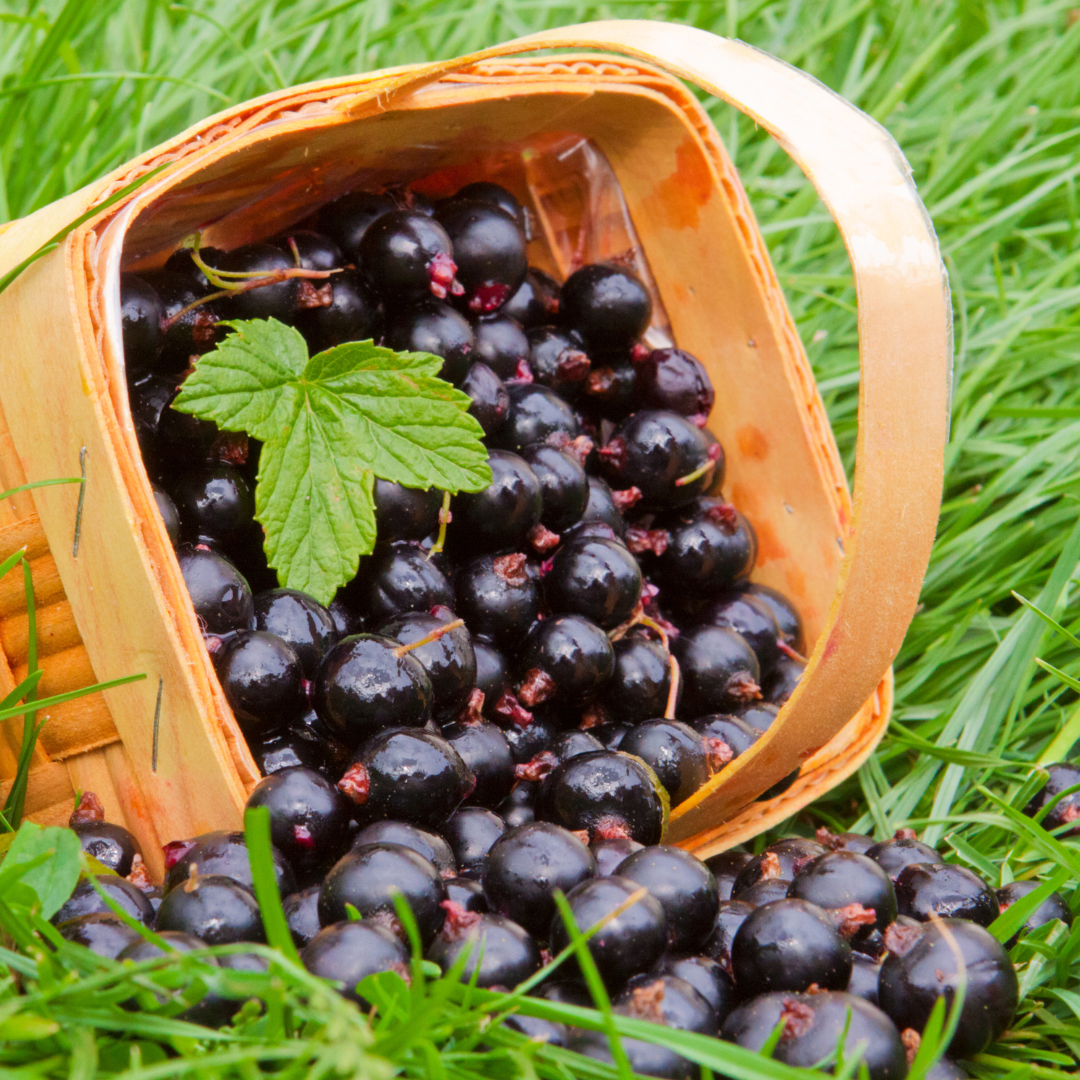
5. Lower Cancer Risk
Black currants include antioxidants that assist the body in combating free radicals. They also help to prevent cell damage, which can lead to cancer in some cases.
Anthocyanins found in black currants may potentially aid in delaying the progression of cancer cells already present in the liver.
6. Reduced Heart Disease Risk
Black currants may enhance your heart health and lower your risk of heart disease if you include them in your diet.
According to certain research, black currant seed oil can help lower triglycerides and enhance total cholesterol levels.
7. Improve The Health of Your Liver
The structure and function of liver cells are permanently altered due to alcohol addiction. Proteins and phospholipids undergo structural changes. This could have a direct impact on the liver's performance.
Producing free radicals/reactive oxygen species is another issue associated with alcohol addiction (ROS). These ROS can react with phospholipids in the membranes of liver cells, causing inflammation.
Including polyphenol-rich foods like blackcurrants in your diet can help to reduce or eliminate these negative effects. Blackcurrants defend structural lipids and proteins from ROS assault.
The skins of these berries have been shown to have anti-proliferative effects on malignant liver cells in various animal experiments.

8. Soother For Your Skin
Despite lacking scientific evidence supporting blackcurrant seed oil's efficacy for skin disorders, the National Psoriasis Foundation recommends it to help relieve psoriasis symptoms.
Blackcurrant seed oil, when taken orally, can assist in decreasing the growth and development of psoriasis patches. It can also treat dry, itchy, or stinging skin.
9. Defend Against Inflammation
Researchers have also looked into blackcurrant oils and other supplements that contain gamma-linolenic acid (GLA). GLA may aid in the reduction of inflammatory processes in the body and the alleviation of symptoms associated with a variety of inflammatory disorders.
However, research hasn't backed up these claims, and more high-quality studies are needed to comprehend GLA's properties fully.
8 Blackcurrant Varieties
First and foremost, you'll need to decide which variety you wish to grow blackcurrants in containers.
Here, I’m sharing all varieties. I hope you can select the best types for your garden.
1. Ben Connan Blackcurrants
‘Ben Connan' black currants are the most productive of all the types, producing up to 7 pounds of berries from a single plant. Because the plants are compact, they function well in containers.
The berries are larger than average, and the plant has a high level of mildew resistance.
2. Crusader Blackcurrants
Crusader black currants are a rust-resistant type that yields medium-sized fruit regularly. The berries have thicker skin and a higher acid content than other berries.
This means they can be stored and degraded slowly. Whitewood blister rust is not a problem for Crusader Blackcurrants.
3. Ebony Blackcurrants
This black currant type is thought to be one of the sweetest. Because the flavour of these berries is diminished when cooked, they are best eaten fresh.
The berries are larger than typical, but fewer of them exist because the plant isn't particularly vigorous.
4. Consort Blackcurrants
Consort fruits are smaller but have the same strong, distinctive flavour as the other fruits. The bushes produce for lengthy periods with equally ripening fruits. The disease that affects white pine trees is resistant to ‘Consort.'
5. Ben Sarek Blackcurrants
The variety is mildew, cold, and leaf-curling midge resistance. You can grow the Ben Sarek Blackcurrants in any well-drained soil. The picking time is in July. You can process them by cooking, preserving, or juicing.
6. Titania Blackcurrants
This is a fast-growing plant that takes only three years to mature. It thrives in light soils with poor nitrogen levels. The berries are tasty and huge, and the plants produce a lot of fruit. White pine blister rust is not a problem for Tatiana.
7. Baldwin Blackcurrants
It's an older cultivar that has been used in the blackcurrant business for a long time. It has a mild flavour but is prone to mildew and frosts.
8. Ben Nevis Blackcurrants
Ben Nevis is a mountain in the British Isles. Black currant is a tiny shrub farmed primarily for its culinary characteristics.
It has clusters of black spherical berries available between mid and late summer. The berries have a tangy flavour and a luscious consistency.

Growing Blackcurrants In Containers
Let’s have a look at the steps of growing blackcurrants in containers:
Step 1: Climate
- Currants thrive in hot, humid summers.
- Currants should be grown in partial shade in hotter climates. Currants cultivated in partial shade will ripen more slowly and may not be as sweet as those grown in full sun. Plant currants against a north-facing wall, north-facing slope, or in partial shade when summers are scorching.
- Currants should be planted in a sheltered area away from the wind. Currants should not be planted in low areas where frost can form.
- Currants thrive in slightly acidic to neutral soil, with an ideal pH of 6.5 to 7.0.
Step 2: Location
Unlike many other vegetables, black currants do not require direct sunshine. They love areas with plenty of morning sun and afternoon shade, which protects them from the blazing heat of the afternoon.
They can even grow in the shade. However, the yield will be lower.
However, it would be best if you watched for frost pockets in your home. Freeze pockets are areas that frost more easily than others, mainly due to a lack of sunlight or early morning sunlight.
Step 3: Soil
After choosing the ideal location, make sure you have the proper soil for the black currants to thrive in. The best results are obtained when the plants are grown in rich, fertile soil with plenty of humus.
Before planting, make sure the soil is well-composted. It's also a good idea to check the pH of the soil; black currants prefer a pH between 6 and 6.5.
Even though they can survive thick clay or poorly-drained soil better than most other fruit plants, give them the soil they want if you want a significant crop.
Step 4: Container
Because all currants are shallow roots, a 20-inch (50 cm) deep pot would suffice. On the other hand, the width is more crucial and should be roughly 2 feet (60 cm).
The larger the container, the less frequently the plant must be watered. Larger containers are also more difficult to move around the garden.
Step 5: Planting
Due to the plant size and growth behaviour, blackcurrants do not always grow well in containers.
However, if you're low on room, more compact cultivars like ‘Ben Sarek' and ‘Ben Gairn' should suffice for a few years.
Transplant them into the ground if they begin to underperform. For ground allow for a 54-inch gap between rows.
For containers, Choose a container that is at least 45cm broad and deep. Use soil-based compost, such as organic matter, animal manure, or multi-purpose compost.
After planting, water the soil consistently for the first year, soaking it with water at all times and keeping it dry.
When the soil is heated, apply a thick layer of well-rotted compost to the plant's surface when there is moisture.
Step 6: Watering And Feeding
Watering blackcurrants is usually only necessary during dry seasons and should be done at ground level rather than overhead. When currants are maturing, avoid overwatering to prevent the skins from separating.
Feed with a high potassium general fertilizer, such as Vitax Q4, in late winter (February). Around the base, scatter two handfuls per square meter/yard. Use blood, fish, or bonemeal as an alternative.
A heavy nitrogen feed, such as ammonium sulphate, at 25g (344oz) per square meter/yard, can help weak plants.
Step 7: Harvesting
Depending on the variety, blackcurrants ripen from early June to late summer.
Cutting full fruit trusses (strings) as the currants turn black is the easiest way to harvest current types such as ‘Ben Sarek,' ‘Ben Hope,' ‘Ben Lomond,' and ‘Ben Connan.'
Older kinds ripen unevenly, with the currents near the top of the truss being the first to ripen. Pick ripe currants individually in this scenario.
Currants can be kept in the fridge for up to five days if not washed. If you have more berries than you can use immediately, you can freeze them in jams, sauces, and cordials.
Step 8: Pruning
Pruning your black currant bushes is an important element of their maintenance. It is necessary to prune them once a year. On 1- and 2-year-old branches, ripe black currants produce the most fruit.
Prune old branches close to the ground, crossing, or aged canes in the winter. Each plant should have 12 canes remaining after pruning.
As a result, the plant's output is maximized. The bush must receive new wood each season because it's where the majority of the fruit is produced.
Pests, Diseases & Issues
Aphids
Sucking the sap of young leaves and exuding honeydew, small green and whiteflies can cause sooty mould.
There's also a Currant Blister Aphid that feeds beneath the leaves and leaves visible blistering on the surface.
None of them will harm the plant, so squish them as soon as you notice clusters forming, and the cavalry of ladybirds, lacewings, and birds will come to your help.
Gall Midge
The blackcurrant gall midge is a tiny white maggot that feeds on the newly sprouting leaves and can grow up to 2mm long.
Plants become twisted and puckered before drying out and dying. Remove the afflicted leaves to prevent the next generation of midges from hatching. Choose one of the resistant blackcurrant varieties if the problem persists.
Scale Insects
These microscopic insects, which look like miniature turtles and have hard casings, cling to the elder branches and feed on the sap.
You can either scratch them off with your fingernail or prune and remove the damaged branch to make room for a younger one to grow in its place.
Reversion Virus
The huge bud mite mentioned above is thought to spread the illness. It causes the entire plant to revert to a more natural state, with smaller leaves and fruits.
Thankfully, it is uncommon in the UK and may be avoided by purchasing virus-free merchandise.
Big Bud Mite
The new buds become colonized by these minute mites, which causes them to expand to three times their normal size.
Pick up any you observe during winter and destroy them before they hatch. Remove and kill the plant if it is severely afflicted, then transplant it with a resistant type.
Gooseberry Mildew
In a warm, damp year, gooseberry mildew can also damage its near cousin, the blackcurrant, causing a powdery grey coating on the leaves and occasionally the fruits.
Cut away the problematic branches and keep the plant in a goblet shape so air can circulate freely between the plants.
Capsid Bugs
These green insects drain the sap from the leaves, causing little holes and reddish-brown blotches on the foliage. As soon as the symptoms appear, spray with pyrethrum.
Reversion
The big bud mite is the most common carrier of this virus. It causes yellowing of the leaves and diminished flowering and yields.
This condition has no remedy, and plants should be eradicated as soon as possible. Virus-free plants should always be purchased.
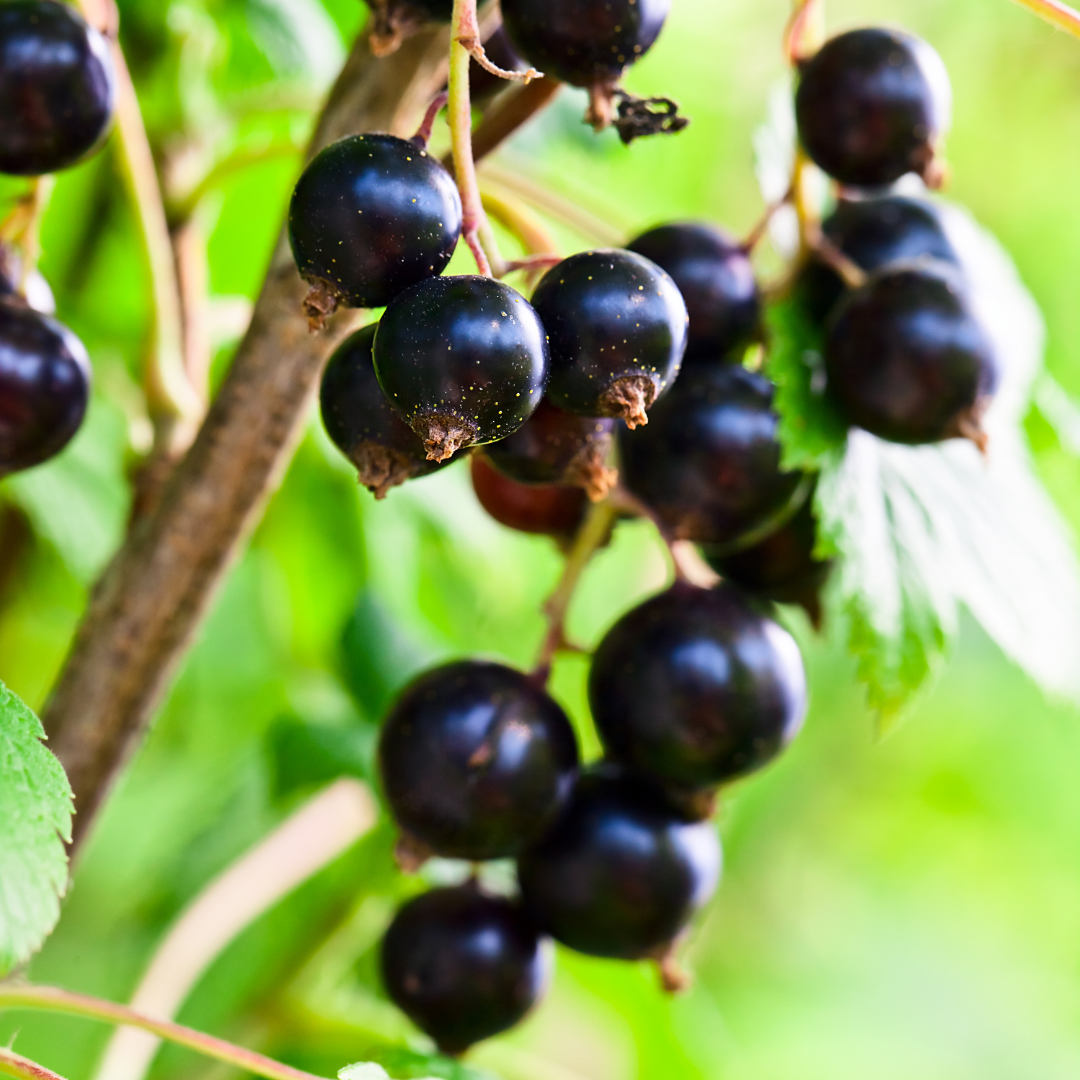
Conclusion
I hope you will try the fruit in your container garden. If you have any queries or may face any problems at the time growing blackcurrants in containers, feel free to comment here.
I trust you enjoyed this article on the 8 Steps Of Growing Blackcurrants In Containers. Please stay tuned for more blog posts to come shortly. Take care!
JeannetteZ
>>>Please click here to read my all-inclusive article about Container Gardening<<<
Are you interested in homegrown herbs and medicine? Please click here to find out more about it!
Your Opinion Is Important To Me
Thoughts? Ideas? Questions? I would love to hear from you. Please leave me your questions, experience, and remarks about this article on the 8 Steps Of Growing Blackcurrants In Containers, in the comments section below. You can also reach me by email at Jeannette@Close-To-Nature.org.
Disclosure
This post may contain affiliate links. I earn from qualifying purchases as an Amazon Associate and other affiliate programs. Please read my full affiliate disclosure.
You might also enjoy these blog posts:
12 Easy Steps Of Growing Tangerines In Pots
9 Steps To Growing Grapes In Pots
11 Easy Steps To Grow A Passion Fruit Tree
7 Easy Steps Of Growing Citrus Trees In Containers

